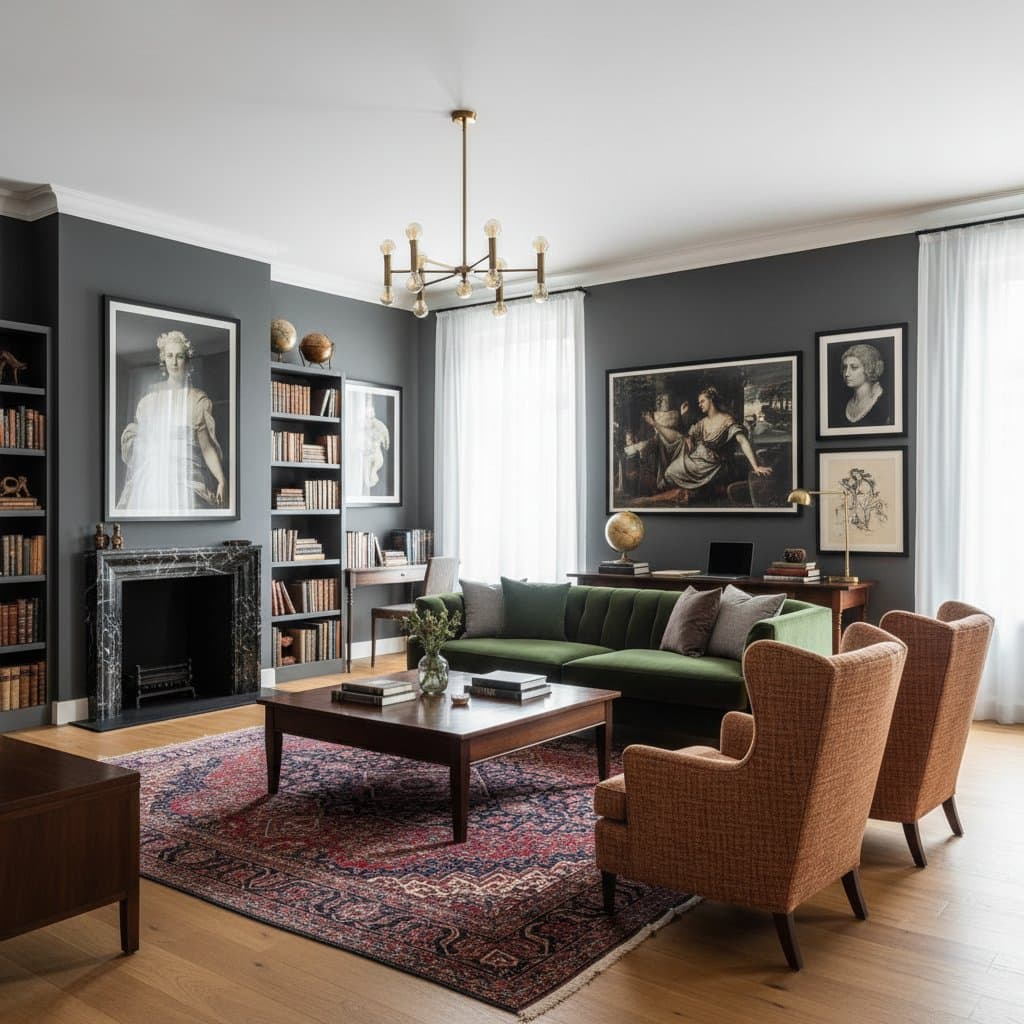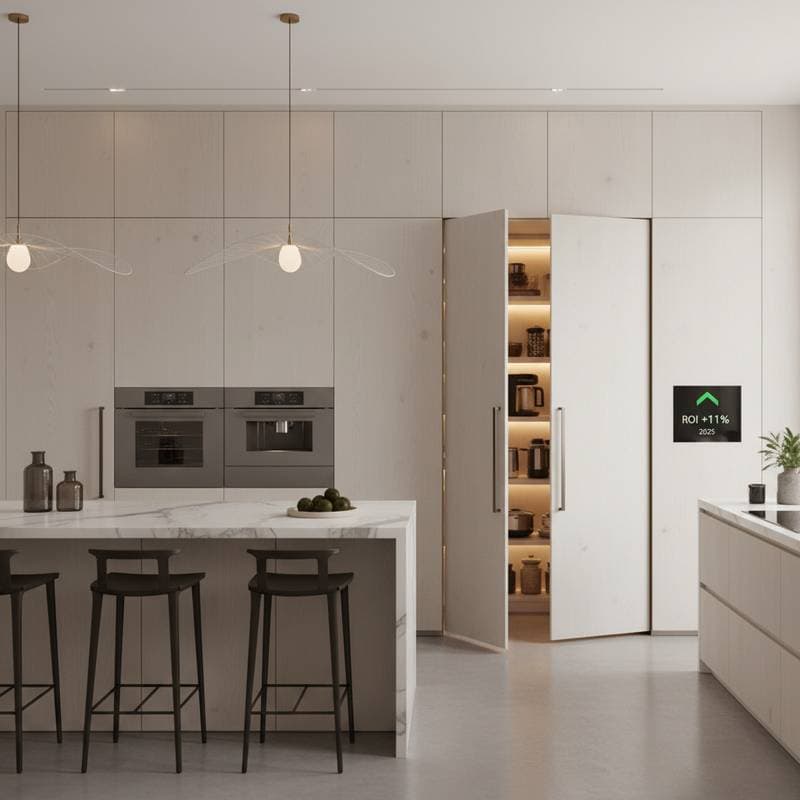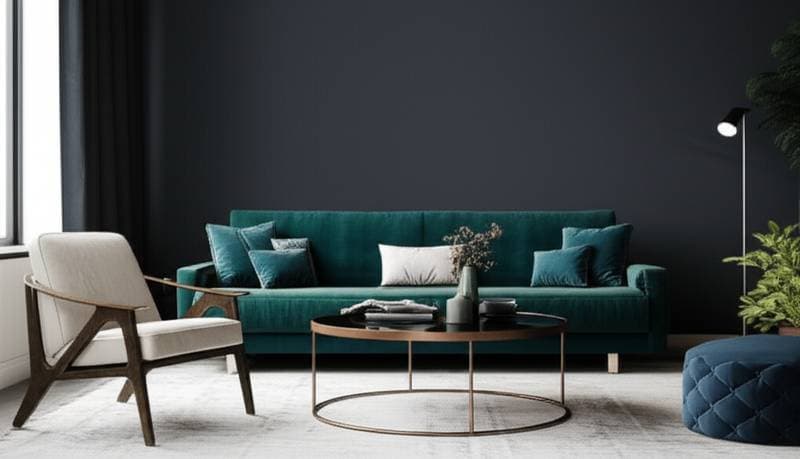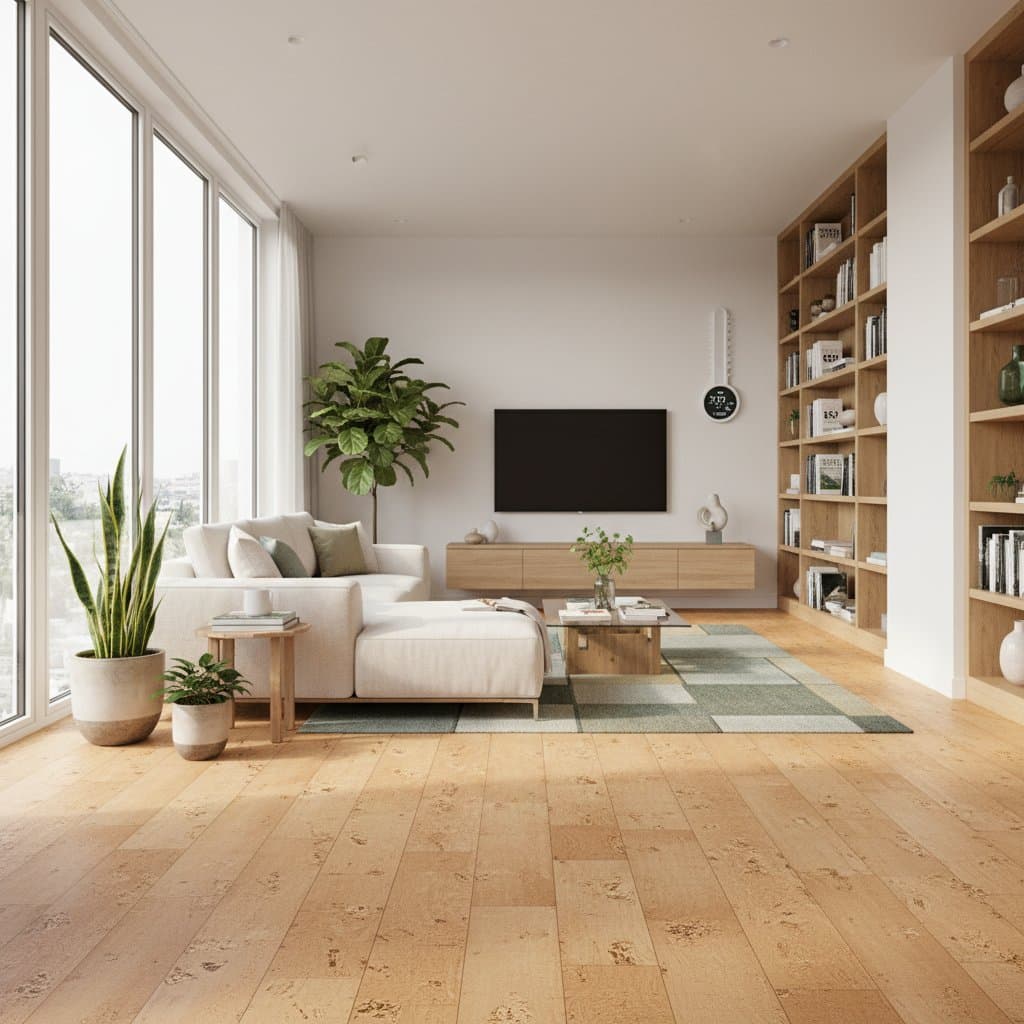Reduce Summer Cooling Costs by 23 Percent with UV Window Film
Typical installed cost: $6 to $12 per square foot, delivering up to 23 percent savings on cooling bills.
Window film provides an effective method to decrease heat gain and glare without the need to replace windows. This film intercepts infrared rays prior to their entry into living spaces, which reduces the workload on air conditioning units and extends their operational lifespan.
Factors Influencing Costs
Window film expenses vary based on individual home characteristics, such as window dimensions, sun exposure levels, and specific requirements. Consider the following elements that may adjust the overall investment.
1. Film Type
- Standard solar control film: Material priced at $2 to $4 per square foot, offering fundamental protection against UV rays and glare.
- Spectrally selective film: Material priced at $5 to $8 per square foot, providing a clear appearance alongside superior heat rejection capabilities.
- Security or safety film: Material priced at $8 to $12 per square foot, incorporating shatter resistance in addition to UV filtration.
2. Labor and Accessibility
Professional installers typically charge $3 to $6 per square foot, influenced by window elevation, configuration, and preparation demands. Access to second-story windows or skylights often incurs additional fees for scaffolding or lifts.
3. Window Condition
Glass surfaces that show scratches or damage require thorough cleaning or repairs prior to application. Allocate $50 to $150 for preparation work on aged windows.
4. Permits and Energy Incentives
Permits prove unnecessary for window film in most regions, though certain local regulations impose limits on reflectivity. Energy rebate programs can reduce costs by 10 to 20 percent for films certified under efficiency standards.
5. Disposal and Additional Features
The removal of prior tint or residue incurs $1 to $2 per square foot. Options like smart glass or decorative patterns command premium pricing, yet they contribute minimally to energy performance.
Safety Considerations and Preparation
Prior to film application, assemble necessary protective equipment and review essential safety protocols.
Required Gear and Preparation
- Safety glasses and gloves to manage potential glass edges.
- Non-slip footwear or ladder stabilizers for elevated window access.
- Plastic razor blades paired with ammonia-free cleaning solutions.
- Masking tape to ensure precise alignment.
Electrical and Hazard Precautions
Deactivate adjacent electrical outlets or devices during the cleaning and spraying phases. Store film materials and cleaners distant from ignition sources or gas-powered equipment.
Regulatory Compliance
Certain communities restrict highly reflective films to avoid glare impacting neighboring properties. Verify the reflectivity ratings of selected materials before acquisition.
Installation Timeline and Financial Benefits
Anticipate:
- One to two days for installation in a typical residence.
- Additional one to three days for lead time on specialized films or custom shading.
Optimal Scheduling:
Apply the film ahead of intense summer temperatures to secure immediate comfort. Spring installations benefit from greater contractor availability and potential rebates from manufacturers.
Projected Savings:
- Up to 23 percent reduction in seasonal cooling expenses.
- 10 percent extension in HVAC system longevity through decreased operational hours.
- 99 percent UV ray blockage, which safeguards flooring, furniture, and artwork from discoloration.
Cost-Saving Strategies:
- Integrate film application with window sealing or weatherstripping updates for an additional 5 to 10 percent efficiency improvement.
- Inquire about volume discounts for comprehensive window coverage.
- Reserve an extra 10 percent in the budget for residences with aging window frames or caulking that demands attention.
Steps to Implement Window Film
Begin the process in a single sun-exposed room to evaluate effectiveness prior to full-home commitment. Employ a surface thermometer to record glass temperatures before and after installation; a reduction of 8 to 12 degrees Fahrenheit on the interior surface indicates robust heat rejection.
Sequential Actions:
- Measure window areas in square feet to calculate expenses. Multiply by $6 to $12 for professional services or $3 to $6 for self-installation.
- Investigate rebate initiatives for energy-efficient modifications. Certain utility providers offer credits or reimbursements.
- Choose film variety according to primary needs, such as glare reduction, privacy enhancement, or peak efficiency.
- Arrange installation in advance of warm weather to minimize delays.
- Examine the completed work for even transparency and absence of bubbles or particles.
Prioritize ceramic or spectrally selective films for optimal returns in comfort and energy conservation without altering outward views.
Forego this upgrade at your peril. Persistent heat infiltration elevates cooling demands annually, while unchecked UV exposure accelerates interior degradation.
Engage professionals if these conditions apply:
- Windows of substantial size or height.
- Pre-existing tint exhibiting bubbles or fractures.
- Requirements for verified energy performance documentation.
Enduring Advantages:
- Diminished utility statements.
- Consistent, cooler ambient temperatures.
- Preserved condition of furnishings and floors.
- Reduced noise from window vibrations.
Practical Implementation Guide
- Obtain quotes from three certified installers. Request documented energy savings projections rather than assurances.
- Evaluate film samples under sunlight. Position them against a window to assess variations in light transmission and hue.
- Inquire about certification programs. Installers trained by leading film manufacturers often provide extended guarantees.
- Monitor utility bills over two months post-installation to substantiate achieved savings.
UV window film represents a singular investment that yields recurring summer dividends. It shields your residence, alleviates cooling burdens, and enhances livability without necessitating window replacement. Approach the project methodically, prioritize safety, and relish a more temperate, cost-effective home environment.











